What are you looking for?
Spectrum Analyzers
(Signal Analyzers)
See the real performance of your RF spectrum analyzer

Save 20% on Eligible Signal Analyzers
Get the widest analysis bandwidth in its class and superior phase noise performance at high frequencies.
Signal Analyzer & Generator Special Offers
For a limited time, take advantage of a wide range of promotional bundles on select Keysight hardware and software products and take control of how you save
Spectrum Analyzer and Signal Analyzer Results You Can Trust
To get reliable results, you need a spectrum analyzer that you can trust, whether you need deep-dive measurements for solving tough problems in spectrum analysis research and development (R&D) or quick and simple measurements for manufacturing.
- Easily troubleshoot your signal analysis with one-button measurements in Keysight RF spectrum analyzers and the broadest set of application-specific software for industries such as 5G, IoT, automotive, and more
- Get spectrum analysis results you can trust built on proven measurement science and a commitment to measurement integrity — whether you are optimizing your test for performance or throughput
- Achieve greater longevity of your spectrum analysis test assets with upgradeable features, performance, and code compatibility
Find the Spectrum Analyzer That's Right for You
Choose from advanced benchtop, handheld, general purpose, and scalable modular spectrum analyzers, all with the broadest set of application-specific software. Advance your RF spectrum analyzer to the next level, spectrum analysis has never been this easy.
Best of the Best Wideband Measurement Solution Bundle
No matter what your wide bandwidth applications are: 5G NR, WLAN, satellite, radar, EW or what frequency ranges are needed: RF, Microwave or Millimeter-wave. Keysight has you covered with M9484C VXG signal generator and N9032B/N9042B signal analyzers.
Own the world’s best Signal Generator and Signal Analyzer with 15% savings.
Bundle Your Spectrum Analyzer Solution!
Eliminate the need to navigate through hardware options and software applications by selecting a bundle created by Keysight engineers for all your needs. For a limited time, purchase the right spectrum analyzer, signal generator, and PXIe vector transceiver bundles with exactly what you need for your application while saving up to 35%.
Bundle today; get the right solutions for a fraction of the price.

Aerospace & Defense Bundles
Choose a UXA paired with N9054EM0E X-series measurement application to analyze satellite communications signals

WLAN Communication Bundles
Choose a variety of signal analyzers, and software applications for your WLAN 802.11 analysis

EMI/EMC receiver bundles
Choose either an MXE or PXE EMI receiver paired with time domain scan capability for your fast EMI measurement applications

5G NR Communication Bundles
Choose a variety of signal analyzers, and software applications for your 5G NR FR1/FR2 analysis
Bundle Your Bundles
Explore Bundles for the PXA Signal Analyzer, PSG Signal Generator, and FieldFox Handheld Spectrum Analyzer.
Spectrum Analyzer Basics
Learn how to use a spectrum analyzer and the fundamentals of frequency-domain measurements. You will also learn what problems are solved using a spectrum analyzer, the differences between a spectrum analyzer and an oscilloscope, and how to make RF noise measurements.
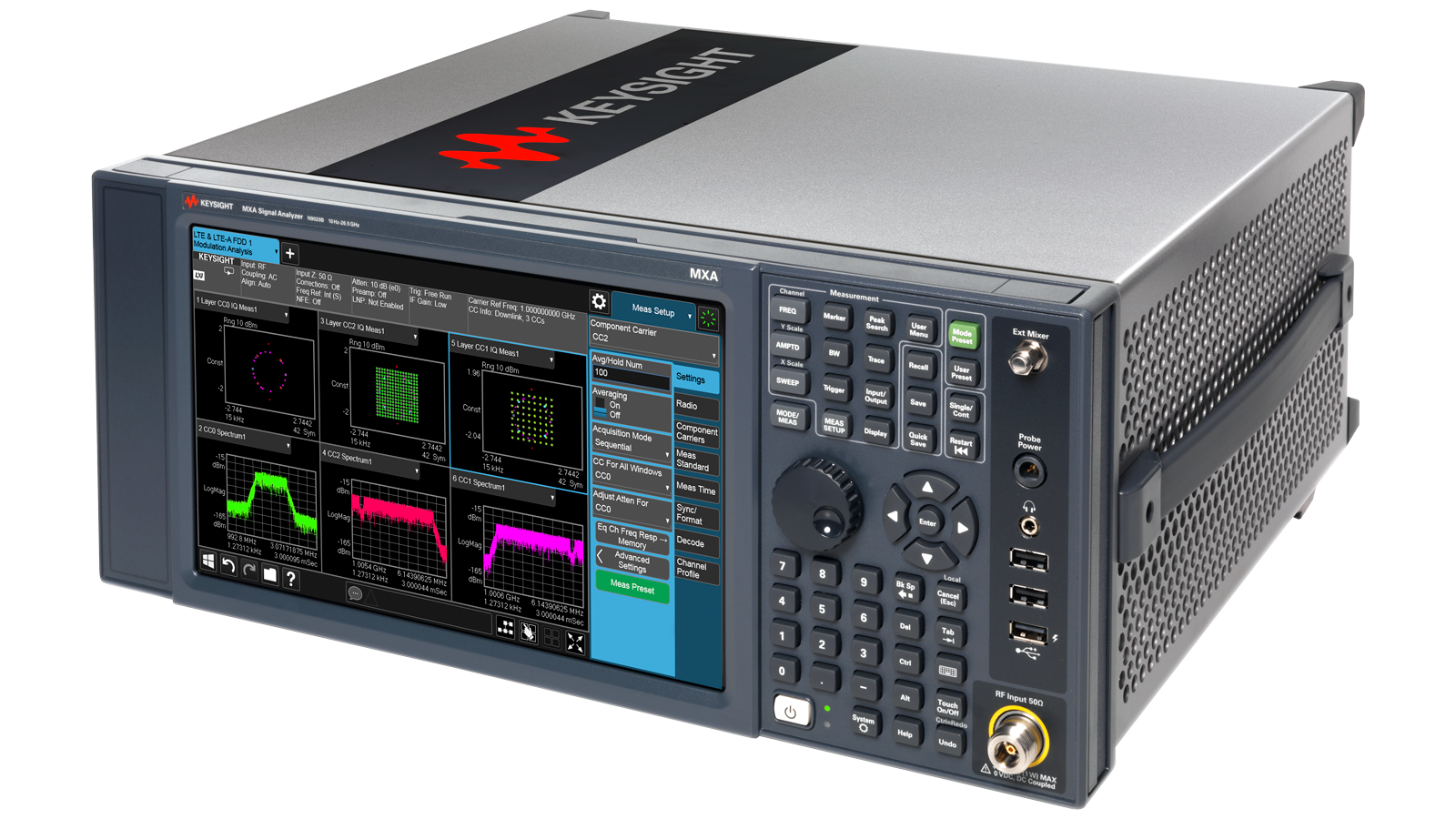
Get the Most Out of Your RF Spectrum Analyzer
Managing interference in an increasingly wireless world requires a magic touch with spectrum analysis efficiency. Spectral constraints translate to cumbersome testing. Cut through the complexity with powerful hardware and software that help you overcome interference challenges.
Learn how to maximize efficiency with a spectrum analyzer and overcome today's challenges. There is a frequency analyzer for every need. It's easy to set up, and it's hard to beat.
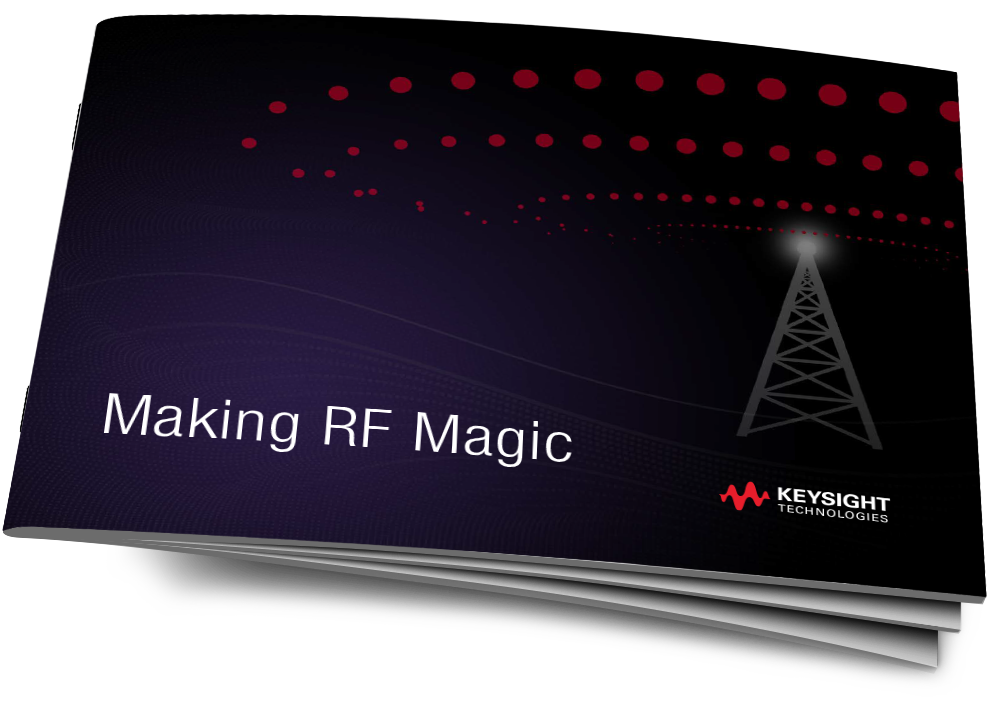
Related use cases
Extend Your Capabilities with the Right Spectrum Analyzer (Signal Analyzer)
Get more functionality out of your existing spectrum analyzer today by complementing it with the right accessories to improve productivity and the right Keysight PathWave design and test automation software to accelerate your signal analysis (spectrum analysis) and product development.
Featured Signal Analysis (Spectrum Analysis) Resources
Frequently Asked Questions – Signal Analyzers (Spectrum Analyzers)
A spectrum analyzer measures the magnitude of an input signal versus its frequency over the full frequency range of the instrument to determine the power of signals. Spectrum analyzers enable tests like noise figure and signal-to-noise ratio (SNR) to characterize the performance of a device and its contribution to overall system performance. For more information, refer to this Spectrum Analysis Basics application note for more information.
A signal analyzer measures both the magnitude and phase of an input signal at a single frequency. A signal analyzer combines the superior dynamic range of a swept tuned spectrum analyzer with vector signal analyzer (VSA) capabilities and enables in-channel measurements like error vector magnitude (EVM) that requires both magnitude and phase information.
Spectrum analyzers are used in a wide range of applications across various industries. Spectrum analyzers are important for analyzing and characterizing radio frequency (RF) signals in wireless communication systems, including Wi-Fi and cellular networks. Other applications include electronic design and testing, broadcasting and telecommunications, and aerospace and defense.
Spectrum analyzers measure the magnitude of an input signal versus signal frequency. Signal analyzers measure both the magnitude and phase of an input signal at a single frequency. Refer to this Spectrum Analyzer and Signal Analyzer technical overview for more information.
Our normal frame of reference is time. We note when certain events occur. This includes electrical events. An oscilloscope enables you to view the instantaneous value of a particular electrical event (or some other event converted to volts through an appropriate transducer) as a function of time. In other words, we use the oscilloscope to view the waveform of a signal in the time domain. Fourier theory tells us any time-domain electrical phenomenon consists of one or more sine waves of appropriate frequency, amplitude, and phase. In other words, it is possible to transform a time-domain signal into its frequency-domain equivalent. Spectrum analyzers and signal analyzers perform measurements in the frequency domain to measure energy at each particular frequency.
A complex signal in the time domain looks vastly different than in the frequency domain. The time-domain measurement shows an impure sine wave. Without measuring in the frequency domain, the source and frequency of the second harmonic remain unknown. A spectrum analyzer uncovers sources of interference by displaying the spectral components independently. The time-domain still provides useful information, such as the pulse rise and fall times of a signal, but the frequency domain allows you to determine the harmonic content of a signal, such as out-of-band emissions and distortion. For more information refer to this blog: Spectrum Analysis Basics, Part 1 – What is a Spectrum Analyzer?
A real-time spectrum analyzer first gathers data in the time domain and then translates it into the frequency domain by means of the Fast Fourier Transform (FFT). A real-time spectrum analyzer captures transient and fast signals quickly.
There are two broad categories of spectrum analyzers: swept-tuned analyzers and real-time analyzers. Modern spectrum analyzers use digital signal processing to provide additional measurement capability and let you interpret measurement results much more easily. Both swept-tuned and real-time spectrum analyzers display amplitude versus frequency. How they process and display this information, however, varies with the specific type of analyzer. A real-time spectrum analyzer displays the energy at all frequency components simultaneously. A swept-tuned spectrum analyzer displays measurement results sequentially, in other words, not in ''real-time''. This is because a swept-tuned analyzer uses a single narrow filter that is tuned across a range of frequencies to produce a spectrum display. Learn more about the different types of spectrum analyzers here.
Keysight’s U9361 RCal receiver calibrator enables you to perform an accurate and reliable calibration for your spectrum analyzer / signal analyzers using the following steps:
- Connect the RCal to your signal analyzer via a high-power USB port.
- Connect the signal analyzer’s 10 MHz reference signal to the U9361 RCal’s Reference In port.
- Set the RCal options reference status as EXT (external).
- Connect RCal’s RF Out to RF In of the signal analyzer.
- The Keysight signal analyzer preconfigures the interface. The screen displays type of calibration, frequency range, attenuation range, and number of points.
- Connect the RCal’s RF Out to the point in the path where the device under test (DUT) is when you take your actual measurements.
- Click on “Calibrate checked rows” to initiate the receiver calibrator and the signal analyzer to generate correction data.
- Disconnect the RCal and reconnect the signal path. This action moves the measurement plane. The X-Series signal analyzer dynamically tracks your measurements and only applies corrections to the states where needed.
Read more about How to Calibrate a Spectrum Analyzer.
Signal Analyzer & Generator Special Offers
| Bundle | Discount |
|---|---|
| High-Value Signal Analyzer and Signal Generator Good, Better, Best Bundles | |
| 5G NR Application-Specific Software Bundles | Up to 35% off |
| Ultra-Wideband Wireless Software Bundles | Up to 35% off |
| Wi-Fi 6 / 7 Application-Specific Software Bundles | Up to 35% off |
| Satellite Communication Application-Specific Software Bundles | Up to 35% off |
| EMI Compliance Testing Bundles | Up to 35% off |
| Buy a Signal Analyzer or Generator, Get a Free Performance Option | |
| Pick Any 3 or 5 Signal Studio / X-Apps and Save | Up to 35% off |
| Best of the Best Wideband Measurement Solution | 15% off |
| Bundle Your Bundles | Up to 35% off |
| Premium Used Signal Analyzers and Signal Generators | Up to 50% off |
Want help or have questions for your signal analysis (spectrum analysis)?


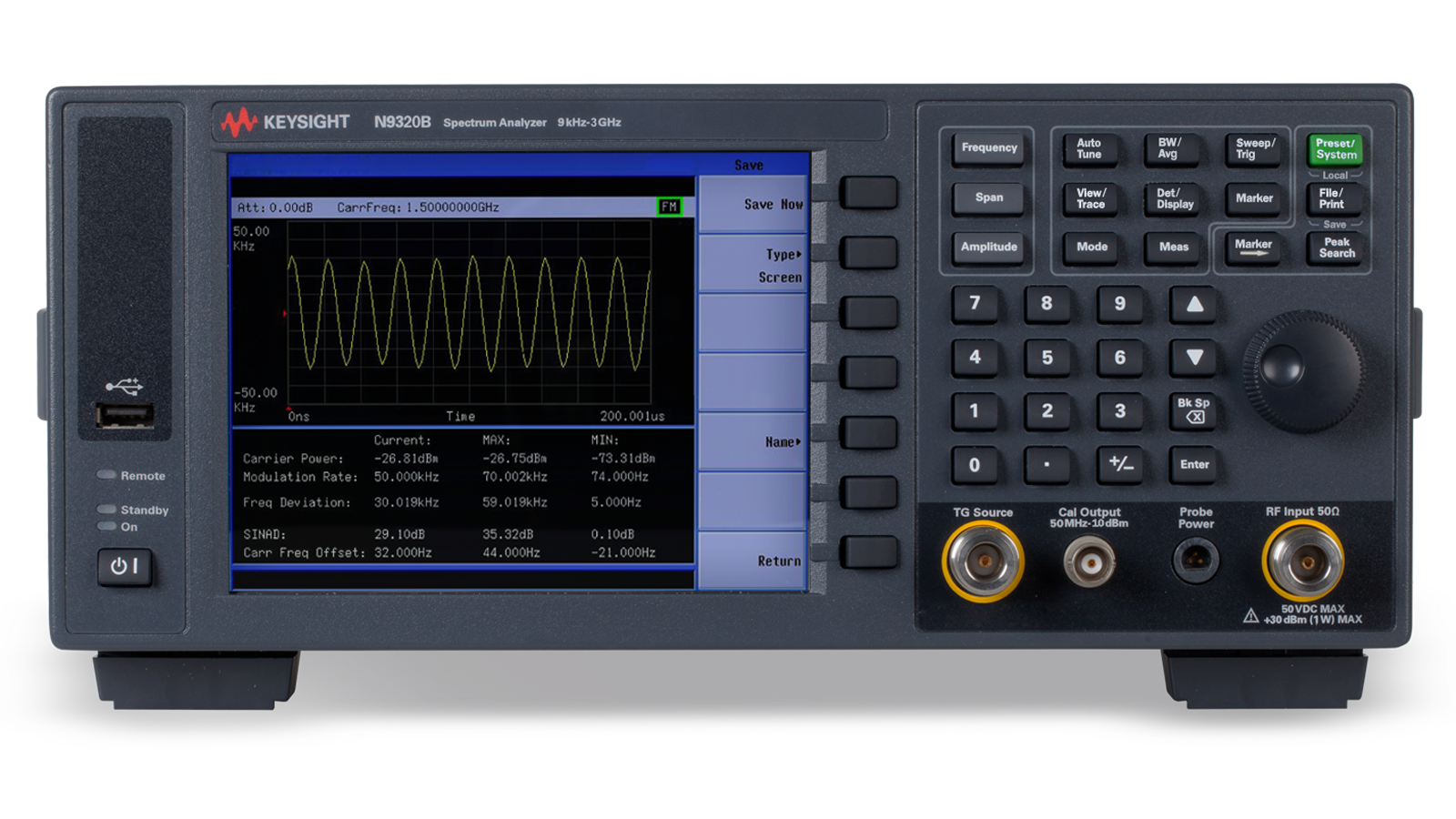

/N9040B_50GHz_4_1600x900.png)













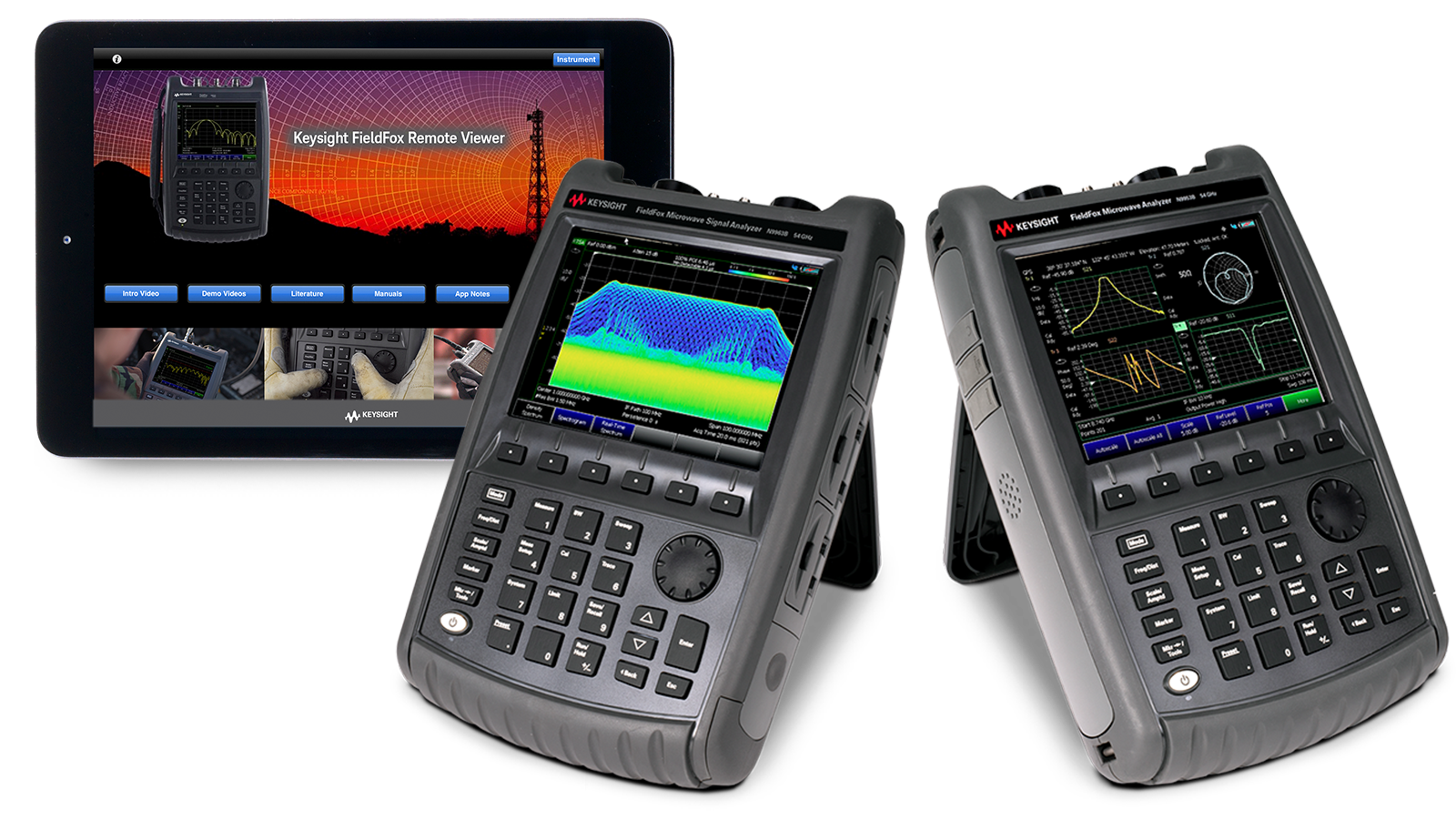
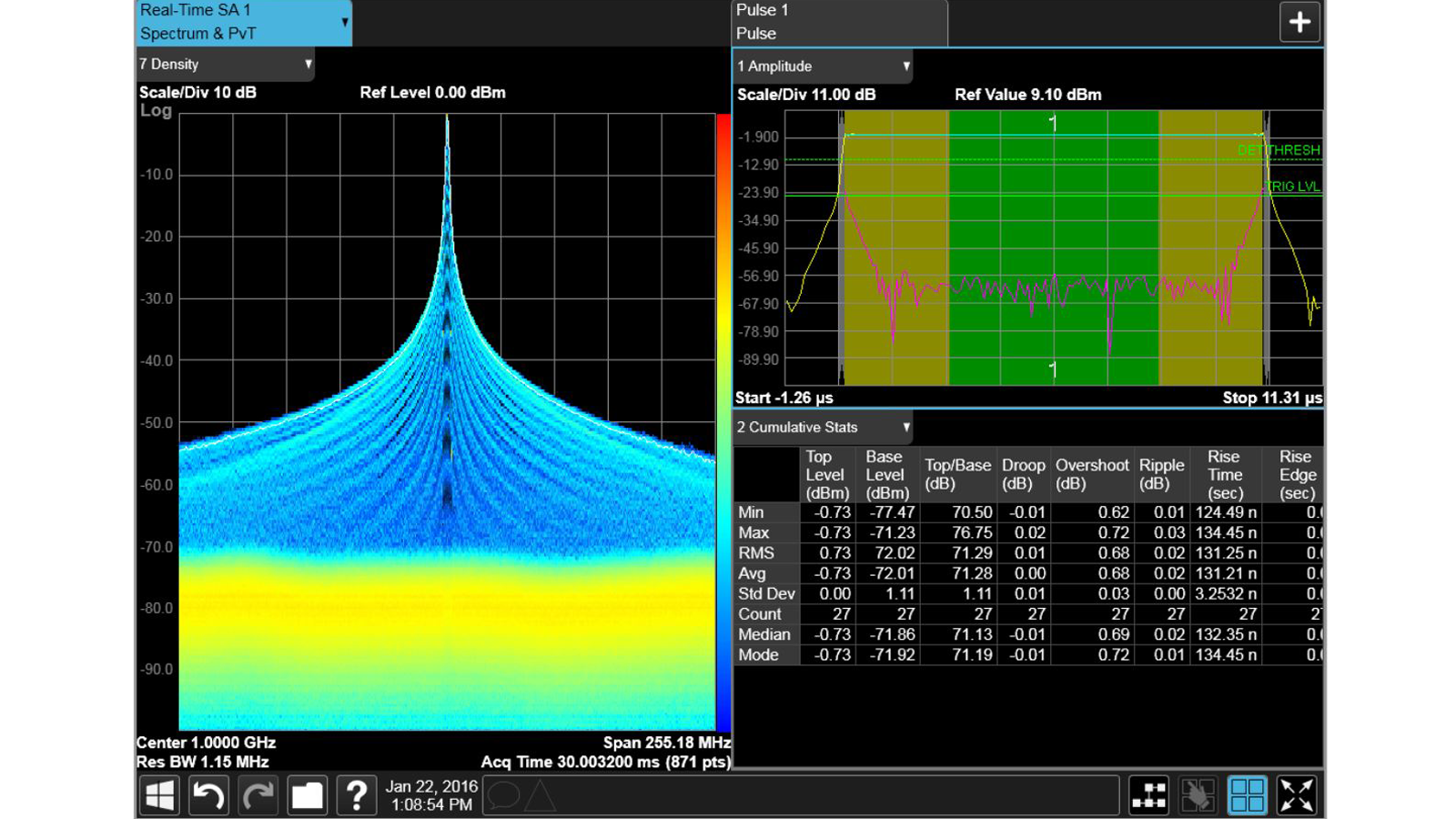


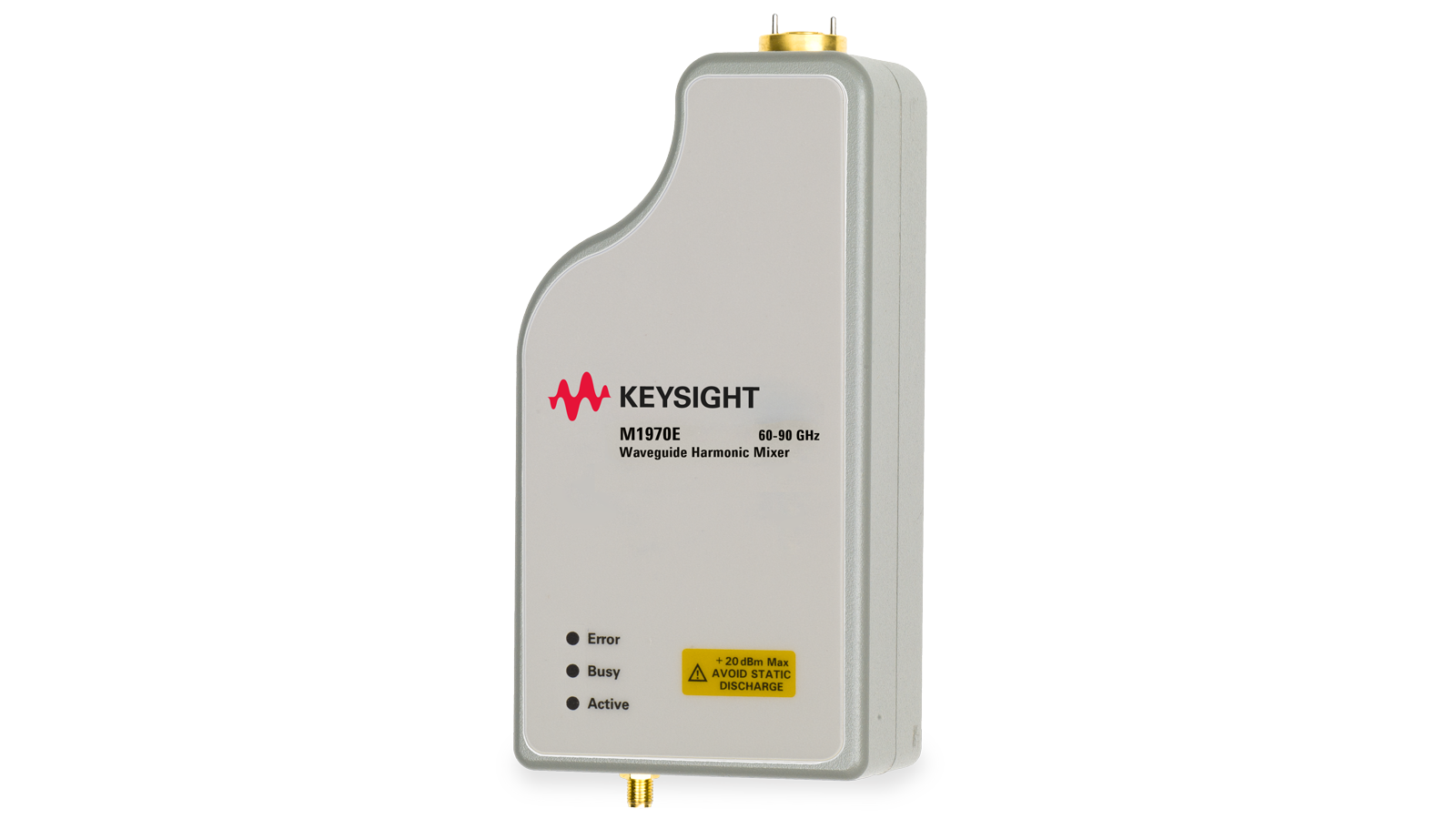


.png)












